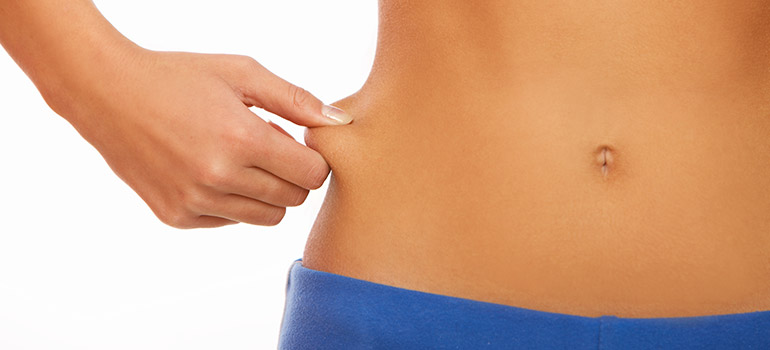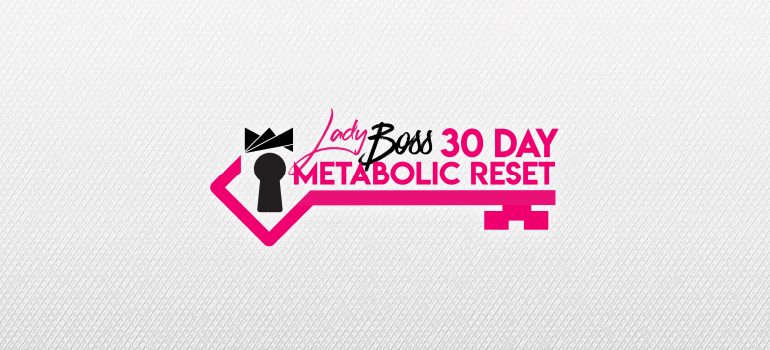Every Woman Is Different. Learn How To Determine Your Healthy Weight Goals
Weight goals and physical appearance are the essences of weight loss.
As women, we tend to measure every aspect of our lives in numbers. We measure how much we weigh, we measure our dress size, and we measure how we “size up” to other women.
If you are like many women on a health and weight loss journey, you are probably wondering “what should my goal weight be?”
While that is a very important question to ask, you should know there are several factors that go into figuring this out. To find out the answer to “what should be goal weight be?” – simply read on!
Keep in mind that weight is only ONE factor in the picture of your health. It is also key to eat right, feel good in your body, exercise, have healthy cholesterol levels, enjoy healthy blood pressure, and much more.
If you want some extra assistance setting and achieving your ideal weight, consider applying for your own LadyBoss® Personal Results Coach. You will be matched with your own double-certified, expert weight loss coach who will be able to help you stay on track with your custom nutrition and exercise goals 24/7!
Healthy Weight Goals Method 1: BMI

Body Mass Index or BMI is one way to calculate your healthy weight and answer the question, “what is my goal weight?”
BMI uses a simple formula to calculate body fat based on height and weight in both men and women. The chart for men is custom to men, and the chart for women is specific to women.
To find your BMI, there are many online calculators you can use, but you also can calculate it yourself. This is typically done in kilograms, but the way to do this using pounds is as follows.
Calculate BMI by dividing weight in pounds (lb) by height in inches (in) squared and multiplying by a conversion factor of 703. When using a handheld calculator, if your calculator has a square function, divide weight (lb) by height (in) squared, multiply by 703, and round to one decimal place.
What Is A Healthy BMI?
A BMI of less than 18.5 indicates that a person is underweight. A healthy BMI of between 18.5 and 24.9 is ideal.
Meanwhile, a BMI of between 25 and 29.9 is overweight and one over 30 indicates obesity.
Don’t stress about these numbers too much because it is possible to lose or gain weight in order to reach a healthy BMI.
If you need help and support to do this, consider applying for LadyBoss® Personal Results Coaching.
LadyBoss can match you with your very own double-certified expert weight loss coach who can provide guidance along every step in your weight loss journey.
What Are The Shortcomings Of BMI?
Some researchers claim that BMI is not the best way to determine your goal weight.
They argue that the number does not take into account muscle mass, bone density, overall body composition, and racial and sex differences.
It is, however, a good way to get a general idea of what category you fall under. You don’t have to take that number as gospel.
Method 2: Height

The second way to answer the question, “what is a healthy weight for me?” is to use a height and weight chart specific to women.
You simply find your height on the chart and follow the line to see if your weight falls into the category of underweight, healthy, or overweight.
You have likely seen one of these charts at a doctor’s office. This is an easy way to determine your goal weight.
The Shortcomings Of The Height/Weight Chart
The height weight chart is another good way to get a general idea of whether you are at a healthy weight or not, but it also doesn’t take into account muscle mass, race, and actual body fat percentage.
For the average person, however, this method is okay to use.
Method 3: Waist-Hip Ratio
The third way to find out “what is a healthy weight for me?” is to use the waist-hip ratio. The waist-hip ratio or waist-to-hip ratio (WHR) is the dimensionless ratio of the circumference of the waist to that of the hips.
This is calculated as waist measurement divided by hip measurement ( W ÷ H ). For example, a person with a 30-inch (76 cm) waist and 38-inch (97 cm) hips has a waist-hip ratio of about 0.78.
According to the World Health Organization, a waist-to-hip ratio greater than 1.0 is indicative of a higher than normal risk of developing heart disease. A healthy WHR for women is under .85.
The Shortcomings Of The Waist-Hip Ratio for Weight Goals
The waist-hip ratio may actually be the best way to determine if you’re at an increased risk for heart disease, diabetes, and other weight-related issues.
However, just like with the other methods, this doesn’t take race or body type into account. You should always check with your doctor if you have any questions or concerns about your health or weight.
Method 4: Body Fat Percentage
To determine whether you are near your goal weight, you can use the body fat percentage calculation. There are different methods to do this (such as calipers, body fat percentage scales, tape measures, and more), but the easiest way is to use a simple tape measure while you are nude or in underwear.
You will need to know your height in inches, your natural waist (the most narrow part of the torso), your hips and your neck. You’ll then plug these numbers into an online body fat percentage calculator. The categories for body fat percentage in women are:
20-40 yrs old: Underfat: under 21 percent, Healthy: 21-33 percent, Overweight: 33-39 percent, Obese: Over 39 percent.
41-60 yrs old: Underfat: under 23 percent, Healthy: 23-35 percent, Overweight : 35-40 percent Obese: over 40 percent.
The Shortcomings Using Body Fat Percentage
Percentage of body fat can be a useful tool, but it does have its limits. By just monitoring your percentage of body fat, without looking at other aspects, restricts you in assessing the rest of your overall health.
Your percentage of body fat is relevant to weight. What happens when you change your weight? You can change your percentage of body fat without actually changing your body fat mass.
For example, if you drank a gallon of water, your body weight would go up and your percentage of body fat would go down, yet you didn’t actually lose any body fat. This could be done in as fast a time as it took to drink the water. Therefore, this method has a glaring flaw.
Human error in determining body fat percentage also is a flaw in using this assessment. If you are using skinfold calipers to measure body fat, the person doing it may or may not measure the exact same spot as last time or they may not grab/pinch with the same intensity as they did when taking previous measurements.
The gold standard to get the best body fat percentage is the underwater method or hydrostatic testing. This can be expensive and not many places offer it. Using this method, you are put in a tank of water and through water displacement, your body fat can be determined. This is most often used by athletes and people in the bodybuilding/fitness industry.
Celebrate Non-Scale Weight Goal Victories

People tend to get hyper-focused on the number on the scale or their goal weight, and can often forget to celebrate their “non-scale victories.”
It’s important to acknowledge a victory when you fit into a smaller size, for example, or when you fit back into your high school jeans (if they were your goal size).
It is also crucial to celebrate yourself when you FEEL healthier and lighter. If you can do 20 pushups today, when you could not do any before, that is a huge victory! If you are enjoying exercise for the first time in your life… that is a tremendous victory, too!
Take into account when you notice your frame looking stronger, leaner, or slimmer than before.
Life is not just about hitting your goal weight, or constantly asking yourself,
“What is my healthy weight and did I reach it?”
Life is about eating to live, enjoying the body you are in, and treasuring each moment you get to spend doing things you love, including spending time with your friends and family.
Set A Goal For A Healthy Life
In conclusion, make sure your goal weight is customized for you and takes your body structure into account.
If you are muscular or have wideset hips, for example, don’t choose a goal weight that is at the lowest end of the height-weight chart.
For most women, it’s safe and perfectly okay to pick a healthy goal weight that is somewhere in the middle range of each body measurement formula.
Do not stress if it takes time to reach your healthy goal. After all, it took years to stray from your ideal figure, so it is best to take your time and be consistent while getting back to that sweet spot.
Experts advise it is fine to lose 1-2 pounds per week, especially if you are close to your goal.
For help with your nutrition, accountability, and exercise plan, you can try the LadyBoss® Pocket Trainer app for free! You will have everything you need to begin living a healthy and happy life without complicated meal plans, restrictive diets, or endless hours at your local gym.























